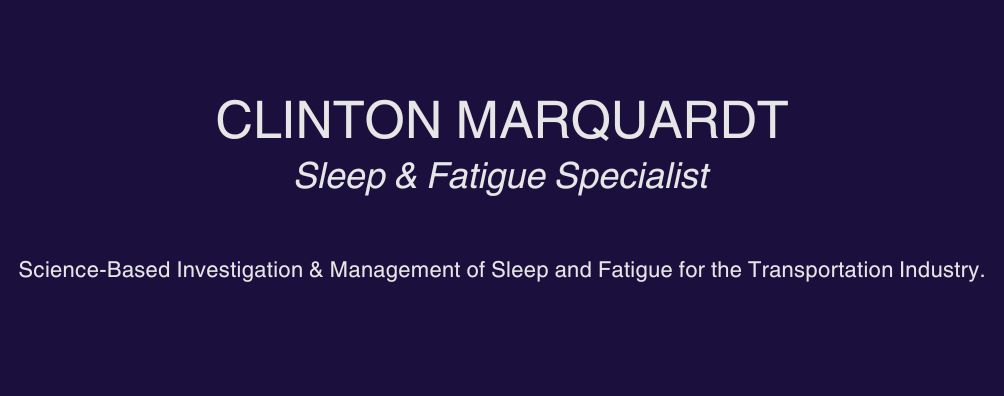The report on Air Canada’s 2017 San Francisco taxiway overflight was recently published by the NTSB[1] and, as I suspected[2], fatigue likely played a role.
The NTSB concluded that the pilots were fatigued due to two main fatigue risk factors, Continuous Wakefulness[3], and Circadian Rhythm effects[4]. Consistent with a strong fatigue investigation methodology, the NTSB showed that not only were the pilots fatigued, but that fatigue likely played a role in the taxiway overflight. Misidentification of the runway, difficulty in changing the course of action (due to expectation bias) and a delayed decision to go around were all linked to fatigue in the NTSB report.
The causal factor for the fatigue was traced back to the current Canadian regulations and led the NTSB to recommend that changes are needed to the regulations. Revisions to the Flight Duty Time Limitations and Rest Periods have been under debate for four years. It is unclear when the revisions will come into force. In the meantime, there is a continued risk of incidents that look just like this:
Footnotes:
[1] The full NTSB report can be retrieved from: https://www.ntsb.gov/investigations/AccidentReports/Reports/AIR1801.pdf
[2] See previous articles on this incident:
(A) Close Call for Air Canada at San Francisco Airport – Was it due to fatigue?
(B) Fatigue Still Not Ruled Out in San Francisco ACA759 Close Call
[3] For more information on the Continuous Wakefulness Fatigue Risk Factor see: Alcohol, Continuous Wakefulness and Reaction Time
[4] For more information on the Circadian Rhythm of fatigue and sleepiness see: Do you feel tired in the afternoon?


